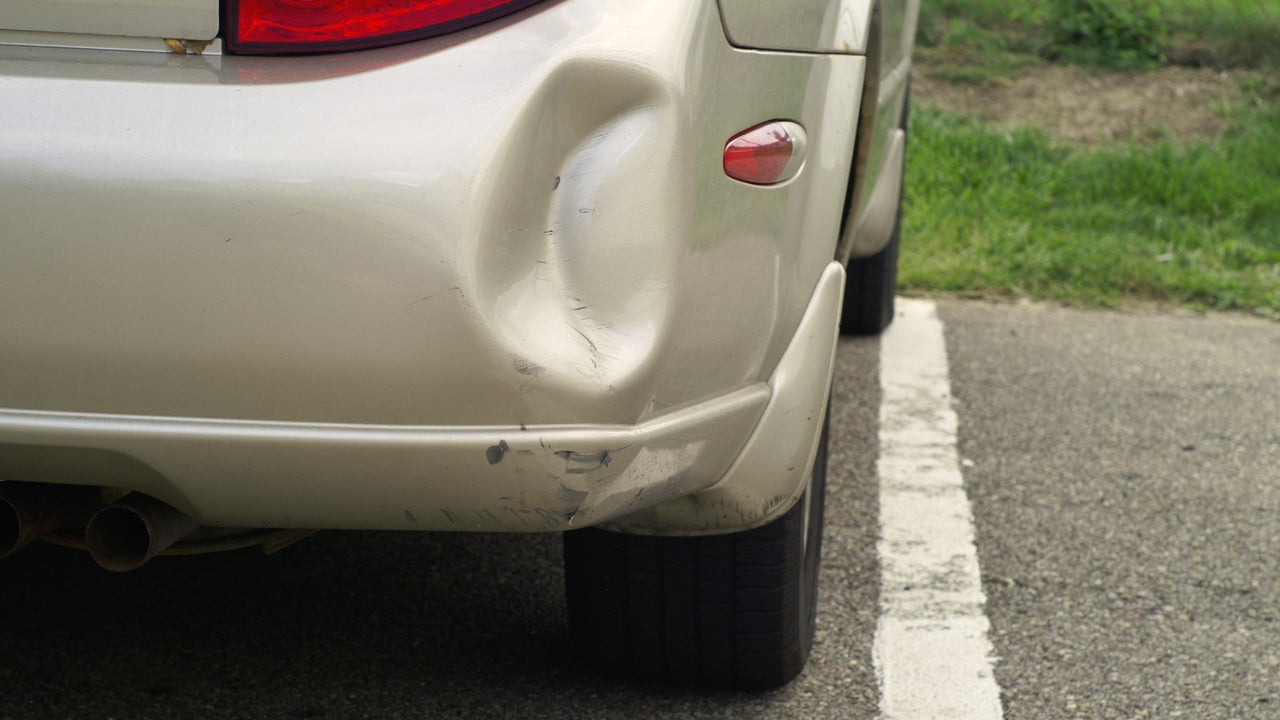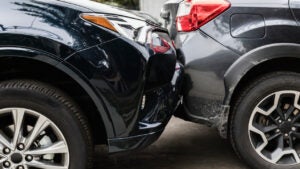What to do with a car insurance claim check




In dealing with the aftermath of a car accident, finally receiving the insurance claim check can be a major relief. Depending on your situation, you may receive a check made out to you or to you and a third party like your bank or leasing company. If you have your car repaired at a shop recommended by your insurer, you might not see a check at all — payment could be sent directly to the shop. How to best navigate the situation depends on whose name is on the check and the extent of the loss.
When would you get a car insurance claim check?
If you file a car insurance claim for something that is covered within the scope of your insurance policy, then you will likely get a check to cover the costs associated with your claim (minus any deductible that applies). After filing your claim, your claims agent or adjuster will let you know if the accident is covered and you’re eligible for an insurance payout.
How and when to cash an insurance claim check can be a gray area, especially since there are not always instructions explicitly stating how the check can be used. While there are multiple ways that a claim check can be handled, it will generally be made out to anyone with an insurable interest in your vehicle. This could mean just you, you and a co-owner or you and your bank. Alternatively, the insurance company may send payment directly to the repair shop.
Here’s what to do in each scenario.
If the check is made out to you
Of all the ways you may receive your claims check, having it written out directly to you is the simplest and gives you the most control over how to spend the funds. This happens when you no longer have a lease or loan on the vehicle and when you choose your own repair shop.
When a car is deemed a total loss, many drivers put the insurance check toward a new car purchase. This is what Bankrate analyst Greg McBride did after his teenage son totaled his car.
“I met the insurance adjuster in the Home Depot parking lot on my way to work one morning,” says McBride. “He handed me the check and my son used it when purchasing his next vehicle.”
Depending on the severity of the damage and the availability of repair shops in your area, there may be delays in getting the repairs completed — even when you have the funds.
“I had to file a comprehensive claim last year after hitting a bear,” says Amelia Buckley, an editor at Bankrate. ”Don’t worry, it seemed like the bear was fine.”
The damage to my vehicle was pretty minor, but the quote for the repair was $4,000, and the shop couldn't fit me in for several months. Progressive sent me a check right away, and I put it into my high-yield savings account until I needed to pay the shop.— Amelia Buckley, Bankrate editor
If the check is made out to two parties
After an approved claim, you might receive a check written out to you and an agreed-upon body shop. Auto insurers sometimes issue two-party checks to make sure the funds are used exclusively for the intended repairs. However, the check is not always written to you and the repair shop. In some situations, such as a total loss, the check might be written out to you and your lender, also known as the lienholder, and you will be expected to use the money to help pay off your auto loan.
Or, you might receive a check made out to you and another person if you co-own the vehicle. This is common with married couples and adult children whose parents helped them purchase the car.
In either case, you can determine what to do with a two-party check by looking to see whether the names include “and” or “or.” If “or” is present, you should be able to cash the check alone. If the names are joined with “and,” you may be expected to complete the repairs at the named body shop by signing the check over to them.
If the check is made out to a lienholder
When a car insurance check is made out to you and your auto loan provider on a totaled vehicle, you might be unable to access the funds from the check by yourself. Because it includes both of your names, the check will likely need to be endorsed by you and your lender.
To start the process, you’ll likely need to send the check to the lender for the appropriate signatures. Then, the funds can be applied to your car loan, like Bankrate editor Suzanne De Vita did. “I didn’t have a lot left on the loan,” De Vita says, “so I paid it off with some of that check and then used the rest for a down payment on a new car. It was an easy process.”
A vehicle is “totaled” when the cost of repairs is more than the value of the vehicle itself. In this case, you will likely receive a claim check based on its pre-accident market value, which is almost always less than you paid for the vehicle due to depreciation. If you have an existing car loan, the claim check is typically sent to the lienholder to cover the outstanding debt. If you don’t have a loan, you can use the claim check as you see fit.
But what if the vehicle wasn’t totaled and can be repaired? Receiving a two-party check for repairs can be a bit of a burden. You will need to get the lienholder (or leaseholder, if it is a lease) to sign the check, which could take weeks if handled by mail.
The process typically looks something like this:
- Send the lienholder the check.
- Have the vehicle repaired.
- Take your vehicle to a dealership when repairs are complete and ask a representative to inspect the repair and sign off on it.
- Send the lienholder the statement from the dealer, repair bill and photos.
- Wait for the lienholder to review your documents, sign off on the check and mail it back to you.
- Cash the check and pay the repair shop when you receive it.
Can you keep a car insurance check?
Although using your full insurance check for car repairs is an obvious choice for your payout, it is not always the only option. However, determining whether you can use your payout for other purposes depends on a few factors, mostly tied to how the check is issued.
If the check is from a third-party claim
Generally, you have the most flexibility when the insurance check for your car comes from another responsible party’s insurance company. For example, if you were in a not-at-fault accident and the other involved driver’s insurance issues a check to settle the claim, you may be able to independently decide how to use that money. You will probably need to show an estimate for the repairs prior to receiving a payout.
Keep in mind that if you are leasing the vehicle or have a loan, your lienholder may have stipulations for how the check can be used and may require proof that the damage was repaired. And if your vehicle was totaled and you are receiving a check for the loss, you will be responsible for paying your lender the money owed to them.
If the claim check is more than the repairs
In some cases, your claim check may end up being more than the total cost of repairs needed for your vehicle. What happens with the excess funds depends on how the check is made out. Sometimes, your car insurance company will require proof of repair, in which case the check may be made out to both you and the approved auto body repair shop up to the designated amount. The repair shop is generally expected to complete repairs per the allotted estimate — if there are remaining funds, the difference will usually be insignificant.
If, instead, you decide to go with an independent repair shop and the total cost of your repairs is less than the claim check made out to you, you might be able to keep the difference. However, because you cannot claim the same damage more than once, it is essential to ensure all necessary repairs have been made. If there is a difference between the claim check and repair cost, it may be worth double-checking that your vehicle has been fully repaired according to your insurer’s claim agreement.
Does my state determine what I can do with my claim check?
Every state has its own insurance regulations, including how claims are paid, the timeline of claim decisions and payouts and requirements for contacting policyholders about their claim status. Some states, like Massachusetts, allow for direct claim payments to be made to the insured in the form of a check. However, how the claim check is spent is typically determined by each carrier.
Keep in mind that if you decide to keep the money instead of repairing the vehicle, you cannot put in another claim for the same damage. Also, you may be denied future claims if the adjuster can tell there was pre-existing damage.
Frequently asked questions
Why we ask for feedback Your feedback helps us improve our content and services. It takes less than a minute to complete.
Your responses are anonymous and will only be used for improving our website.
You may also like

Should I file an insurance claim for bumper damage?

What to do with a damaged car after a hurricane


